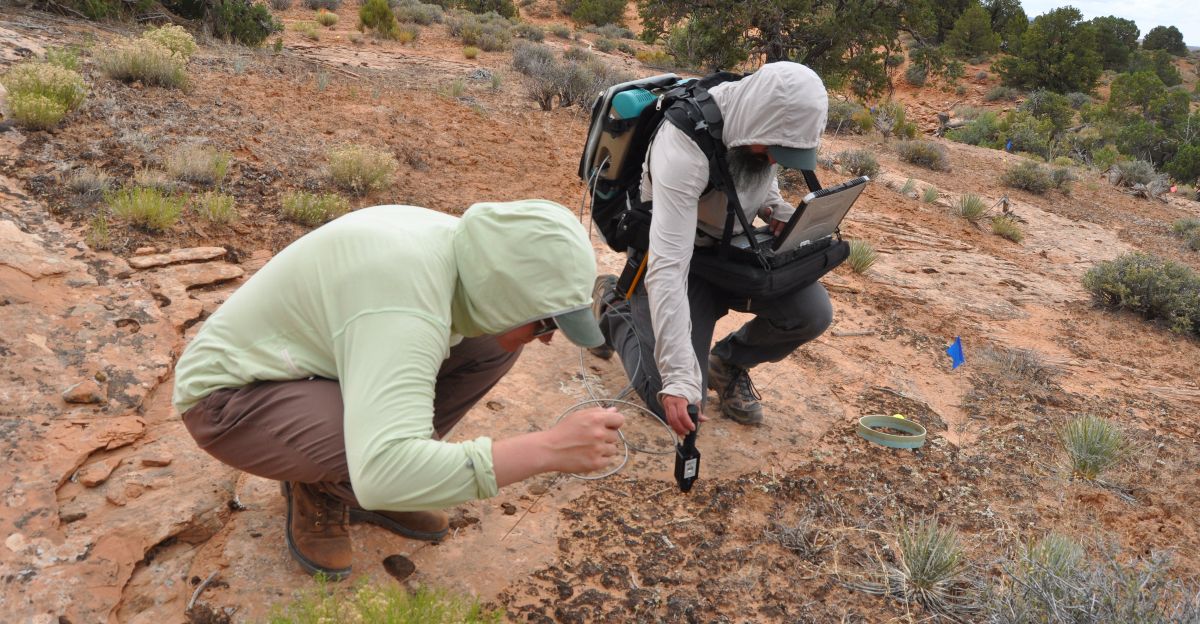
California’s deserts, including the Mojave and Sonoran, face a significant ecological threat from invasive species. These non-native plants and animals disrupt the delicate balance of desert ecosystems, outcompeting native species for resources and altering natural processes. One prominent example is the Sahara mustard (Brassica tournefortii), which has rapidly spread across Southern California’s deserts, overwhelming native flora and reducing biodiversity.
The invasion of such species threatens plant diversity and impacts wildlife that depend on native vegetation for food and habitat. Furthermore, invasive plants can increase the frequency and intensity of wildfires by providing continuous fuel loads, a phenomenon not typical in desert environments.
Efforts to combat these invasions include targeted removal, public education, and restoration of native species. However, the challenge remains significant due to invasive species’ resilience and rapid spread. Understanding the extent of the problem is crucial for developing effective management strategies to protect California’s unique desert ecosystems.
Sahara Mustard: A Dominant Desert Invader
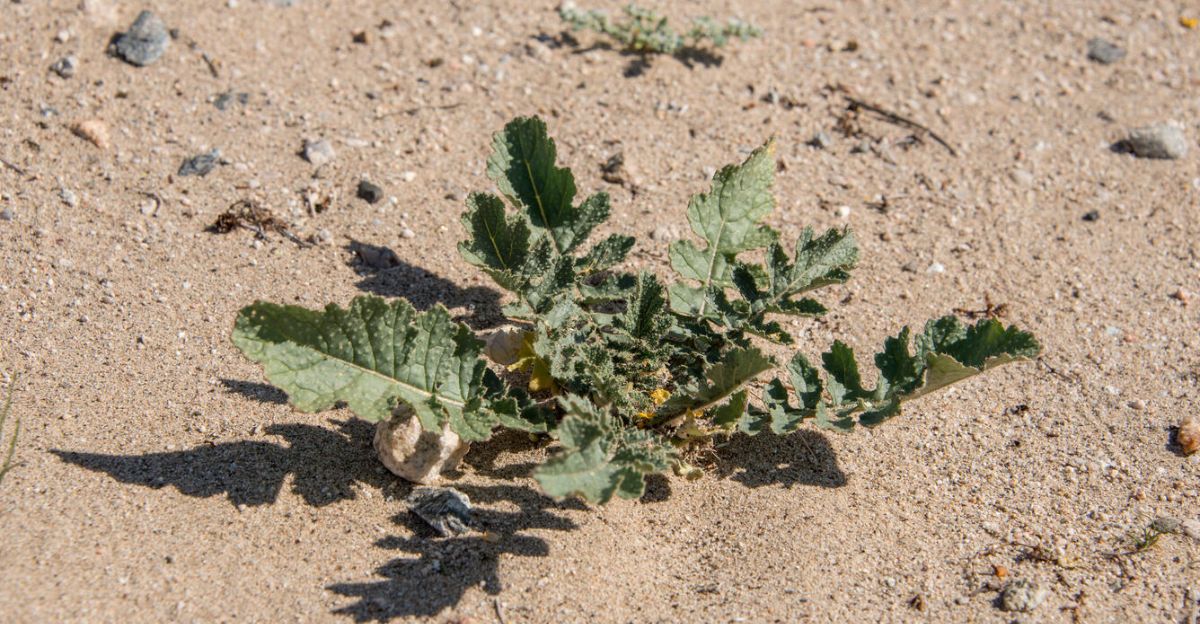
Sahara mustard (Brassica tournefortii), native to North Africa, has become a dominant invasive species in California’s deserts. Its rapid growth and prolific seed production allow it to outcompete native plants, leading to monocultures that reduce biodiversity.
Center for Invasive Species Research
This plant’s ability to germinate quickly after rainfall gives it a competitive edge over native species adapting to the desert’s harsh conditions. As Sahara mustard spreads, it alters the structure and function of desert ecosystems, affecting plant communities and the animals that rely on native vegetation.
Management efforts focus on early detection and removal before seed dispersal. However, the extensive seed bank and the plant’s adaptability make eradication challenging. Continued research and public awareness are essential in controlling its spread and mitigating its impact on native desert landscapes.
Invasive Grasses and the Wildfire Connection
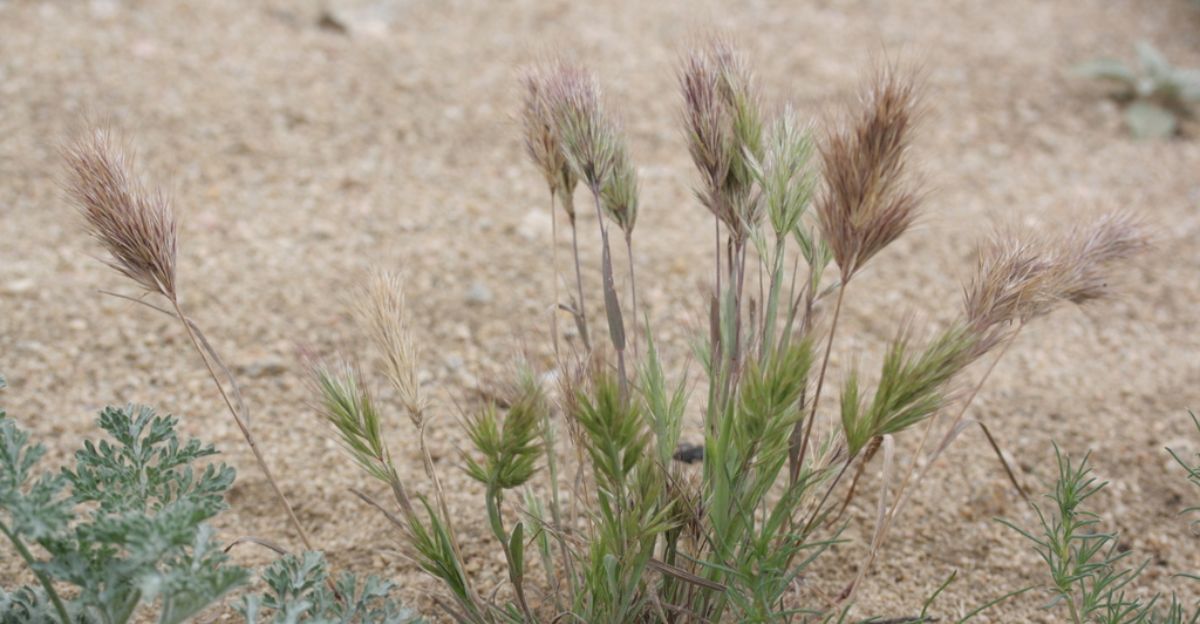
Invasive grasses, such as red brome (Bromus rubens) and cheatgrass (Bromus tectorum), have significantly altered fire regimes in California’s deserts. These species create continuous fuel loads that facilitate the spread of wildfires, historically infrequent in desert ecosystems.
The increased fire frequency and intensity not only destroy native vegetation but also create conditions that favor the re-establishment of invasive grasses, perpetuating a cycle of degradation. This shift threatens the survival of fire-sensitive native species and can lead to long-term changes in ecosystem composition and function.
Efforts to manage invasive grasses include mechanical removal, herbicide application, and controlled burns. However, these methods require careful implementation to avoid further harm to native species. Integrated management strategies that combine prevention, early detection, and restoration are crucial for mitigating the wildfire risks associated with invasive grasses.
The Impact on Native Flora and Fauna
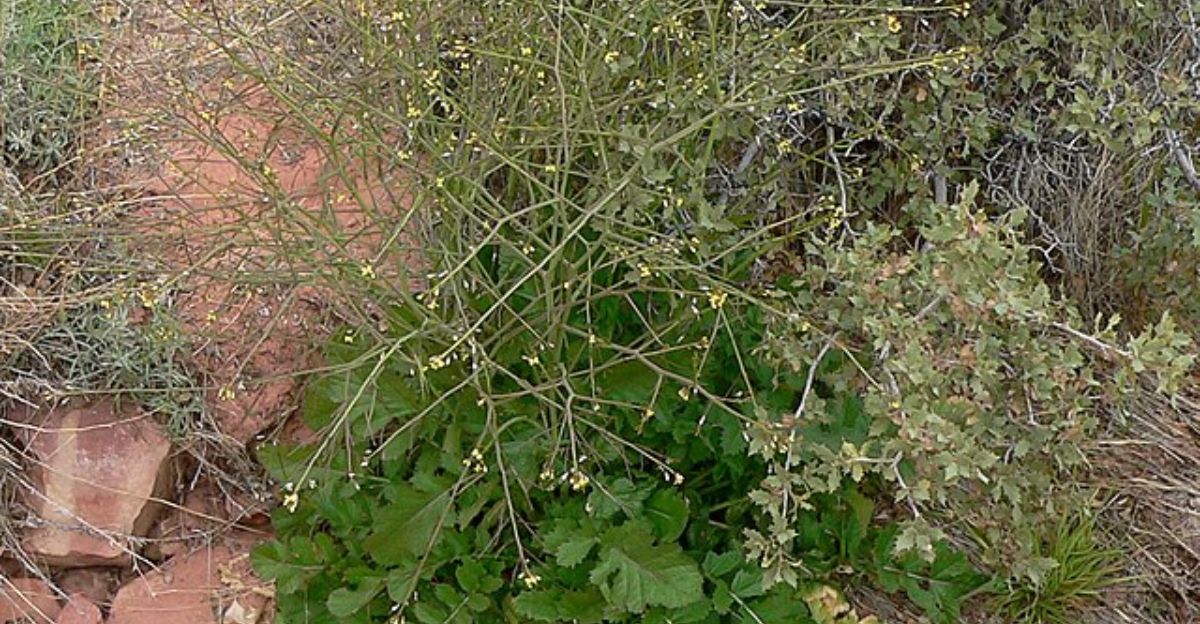
Invasive species significantly threaten California’s native desert flora and fauna. By outcompeting native plants for resources, invasives reduce the availability of food and habitat for native animals, leading to declines in biodiversity.
For example, the spread of Sahara mustard has been linked to declines in native wildflower populations, which serve as critical food sources for pollinators and other wildlife. Similarly, invasive grasses can alter soil composition and hydrology, further disadvantaging native species.
Losing native species disrupts ecological interactions and can lead to cascading effects. Conservation efforts aim to protect and restore native plant communities, which are essential for maintaining the health and resilience of desert ecosystems.
Human Activities and the Spread of Invasives

Human activities have significantly contributed to introducing and spreading invasive species in California’s deserts. Urban development, agriculture, and recreational activities can disturb natural habitats, creating opportunities for invasives to establish and spread.
Vehicles and equipment can inadvertently transport seeds of invasive plants, while landscaping with non-native species can introduce potential invaders into the environment. Additionally, climate change and altered land use patterns can exacerbate the vulnerability of desert ecosystems to invasions.
Addressing these issues requires public education, policy changes, and best management practices to minimize human-mediated dispersal of invasive species. Engaging communities in prevention and early detection efforts is vital for protecting desert ecosystems from further degradation.
Restoration Efforts and Seed Banking
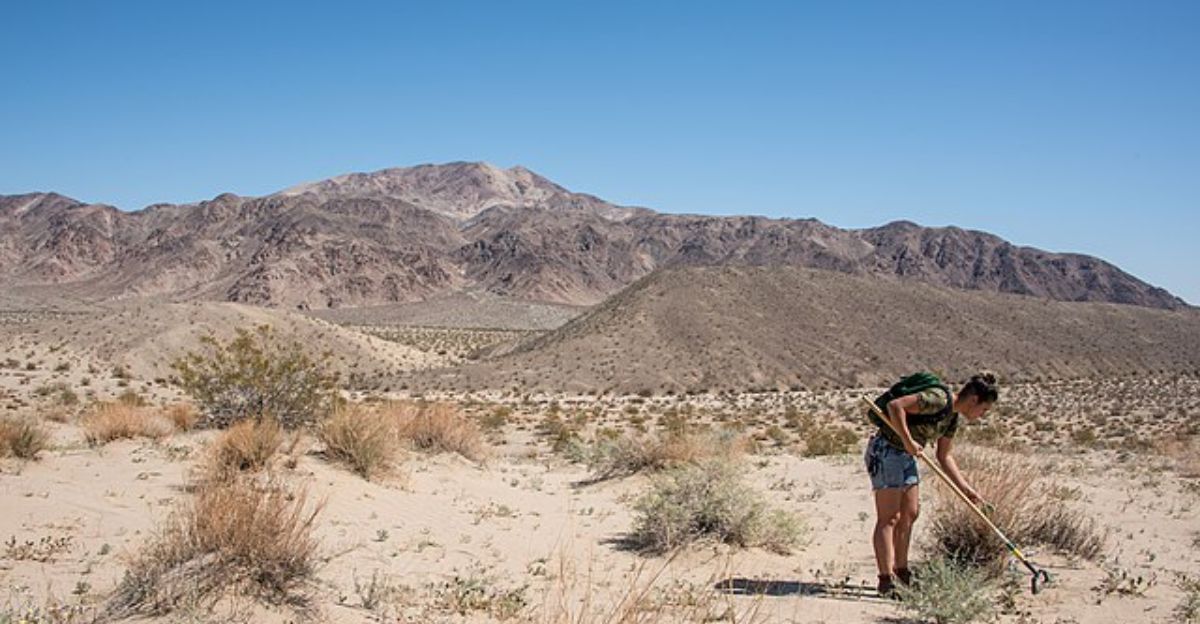
Restoring native plant communities in California’s deserts is critical to combating invasive species. One strategy involves seed banking, where seeds of native plants are collected and stored for future restoration projects.
These seed banks serve as a genetic reservoir, enabling the re-establishment of native species in areas degraded by invasives or other disturbances. Restoration efforts often involve removing invasive species, preparing the soil, and reintroducing native plants to rebuild resilient ecosystems.
Collaborative projects between government agencies, non-profit organizations, and local communities are essential for the success of restoration initiatives. Continued research and monitoring help refine techniques and ensure the long-term sustainability of restored habitats.
Policy and Management Strategies
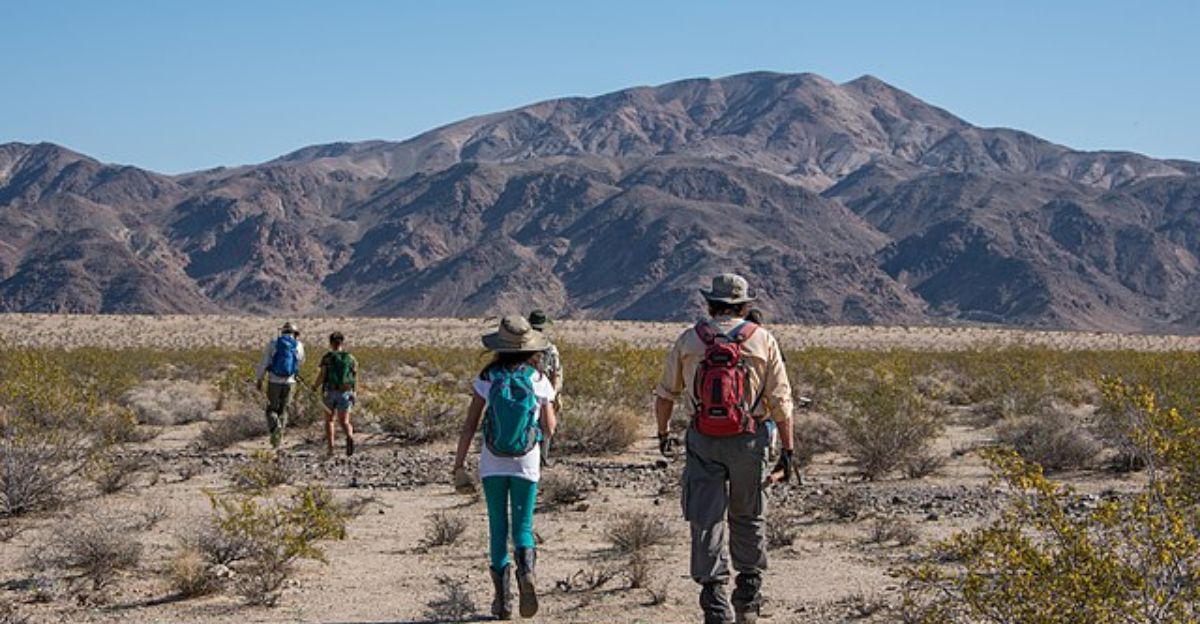
Effectively managing invasive species in California’s deserts requires comprehensive policies and coordinated strategies. The California Department of Fish and Wildlife has implemented regulations to prevent the introduction and spread of invasives, including restrictions on the importation and sale of particular species.
Management strategies include early detection and rapid response programs, public education campaigns, and support for research and restoration projects. Collaboration among federal, state, and local agencies and private stakeholders is crucial for addressing the complex challenges posed by invasive species.
To protect California’s desert ecosystems and the biodiversity they support, continued investment in prevention, control, and restoration efforts is necessary.
The Role of Climate Change
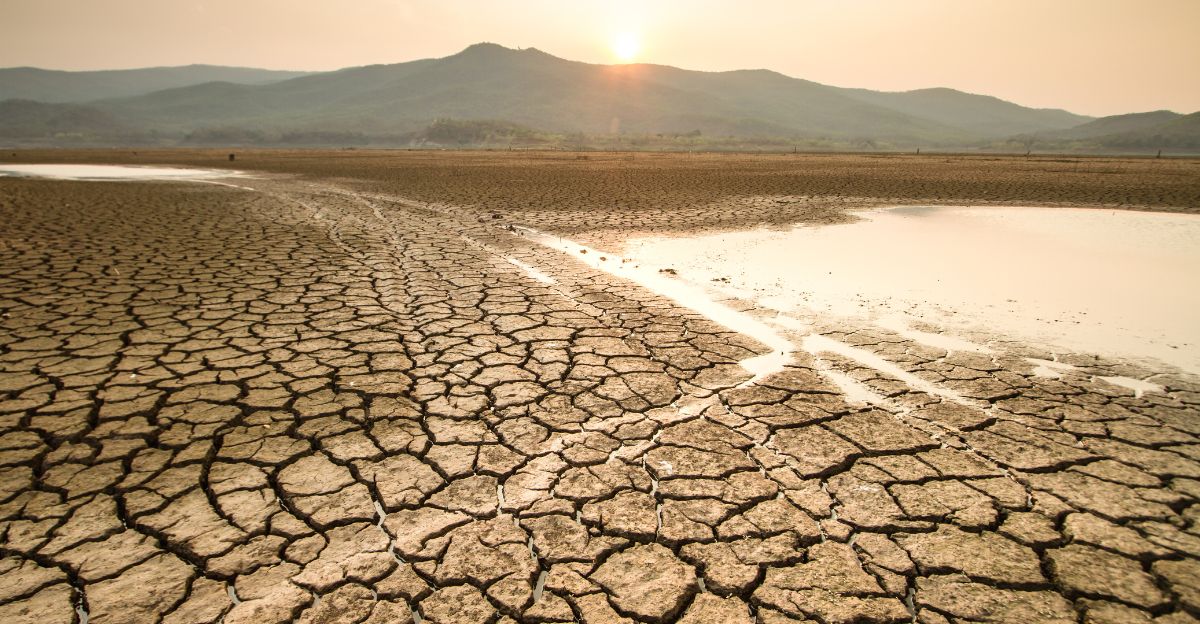
Climate change exacerbates the challenges of managing invasive species in California’s deserts. Altered precipitation patterns, increased temperatures, and more frequent extreme weather events can create conditions that favor the spread of invasives over native species.
For instance, increased rainfall can lead to explosive growth of invasive plants like Sahara mustard, while prolonged droughts can weaken native plant communities, making them more susceptible to invasion. Additionally, climate change can shift the distribution of both native and invasive species, complicating management efforts.
Integrating climate projections into invasive species management plans is essential for developing adaptive strategies that respond to changing environmental conditions and protect desert ecosystems.
Community Involvement and Education
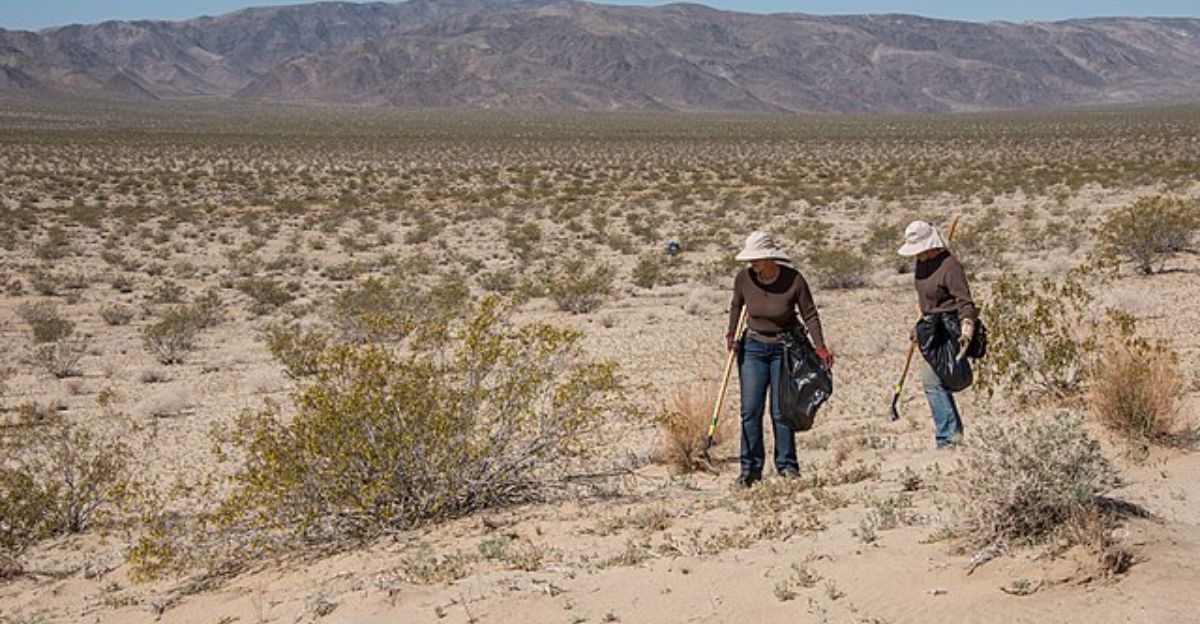
Community engagement is vital to invasive species management in California’s deserts. Educating the public about the impacts of invasives and how to prevent their spread empowers individuals to take action.
Volunteer programs, such as citizen science initiatives and habitat restoration projects, provide opportunities for community members to contribute to conservation efforts. Public awareness campaigns can promote responsible behaviors, such as cleaning hiking gear and vehicles to prevent seed dispersal.
Fostering a sense of stewardship and connection to the natural environment encourages long-term commitment to protecting and preserving California’s unique desert ecosystems.
Looking Ahead: Challenges and Opportunities
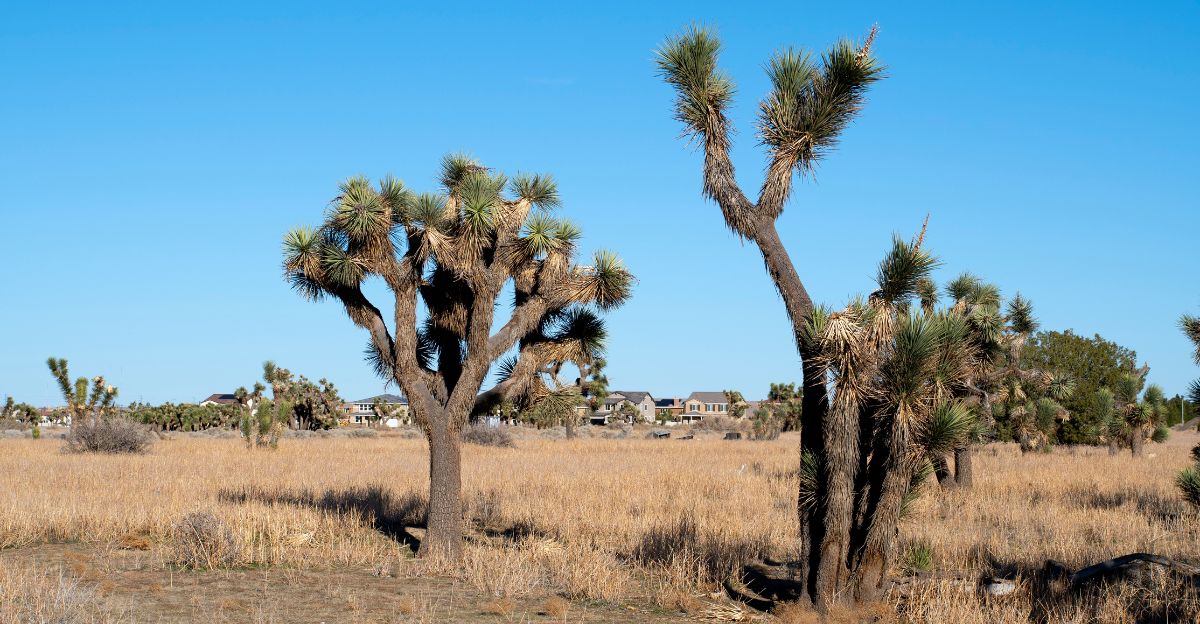
The battle against invasive species in California’s deserts is ongoing, with significant challenges ahead. However, there are also opportunities for innovation and collaboration. Advancements in technology, such as remote sensing and genetic research, can enhance detection and management efforts.
Building partnerships among government agencies, researchers, non-profit organizations, and local communities can lead to more effective and sustainable solutions. Investing in education, prevention, and restoration will be crucial for safeguarding the ecological integrity of desert landscapes. By proactively and collaboratively addressing the issue of invasive species, California can work towards preserving its desert ecosystems for future generations.
Explore more of our trending stories and hit Follow to keep them coming to your feed!

Don’t miss out on more stories like this! Hit the Follow button at the top of this article to stay updated with the latest news. Share your thoughts in the comments—we’d love to hear from you!







